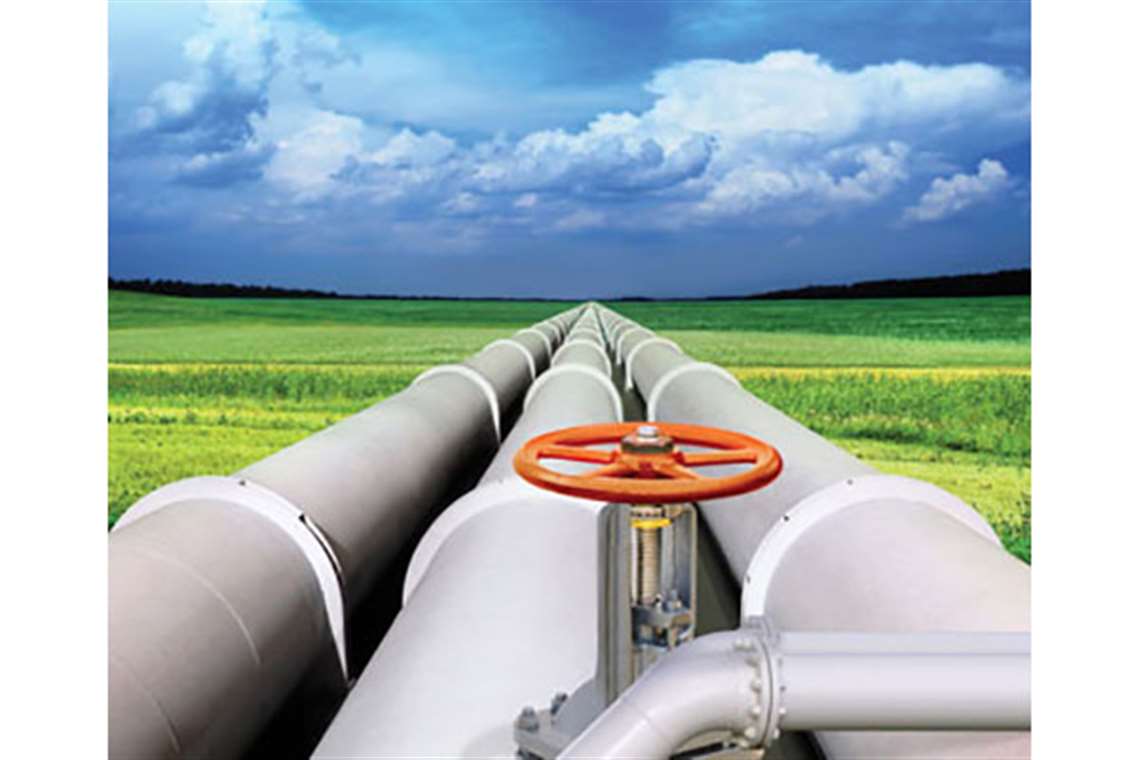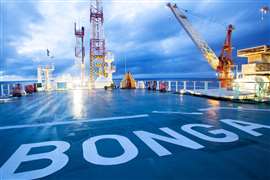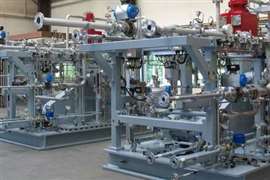New Pipeline Rules From PHMSA
September 25, 2019

The U.S. Dept. of Transportation’s Pipeline and Hazardous Materials Safety Administration (PHMSA) has finalized three significant final rules intended to strengthen the safety of more than 500,000 miles of onshore gas transmission and hazardous liquid pipelines throughout the U.S. The rules will also enhance PHMSA’s authority to issue an emergency order to address unsafe safety conditions or hazards that pose an imminent threat to pipeline safety.
“These are significant revisions to federal pipeline safety laws and will improve the safety of our nation’s energy infrastructure,” said U.S. Transportation Secretary Elaine L. Chao.
The new gas transmission and hazardous liquid pipeline safety rules would modernize federal pipeline safety standards by expanding risk-based integrity management requirements, enhancing procedures to protect infrastructure from extreme weather events, and requiring greater oversight of pipelines beyond current safety requirements.
The final rules address significant Congressional mandates from the Pipeline Safety Act of 2011 and recommendations from the National Transportation Safety Board.
“The tremendous growth in U.S. energy production will require greater anticipation and preparation for emerging risks to public safety,” said PHMSA Administrator Skip Elliott. “These forward-looking rules will help ensure pipeline operators invest in continuous improvements to pipeline safety and integrity management.”
The gas transmission rule requires operators of gas transmission pipelines constructed before 1970 to determine the material strength of their lines by reconfirming the Maximum Allowable Operating Pressure (MAOP). In addition, the rule updates reporting and records retention standards for gas transmission pipelines.
The hazardous liquid rule encourages operators to make better use of all available data to understand pipeline safety threats and extends leak detection requirements to all non-gathering hazardous liquid pipelines. In addition, the rule requires operators to inspect affected pipelines following an extreme weather event or natural disaster so they may address any resulting damage.
The “Enhanced Emergency Order Procedures” final rule adopts the provisions of a 2016 interim final rule (IFR) which established temporary emergency order procedures in accordance with a provision of the “Protecting our Infrastructure of Pipelines and Enhancing Safety Act of 2016” (PIPES Act). An emergency order may impose emergency restrictions, prohibitions, or other safety measures on owners and operators of gas or hazardous liquid pipeline facilities
All three final rules have been transmitted to the Federal Register for publication. An actual date of publication will be determined by the Federal Register.
Don Santa, president and CEO of the Interstate Natural Gas Association of America (INGAA), applauded the new measures.
“The natural gas pipeline industry is pleased to see the completion of this major update to PHMSA’s pipeline safety regulations,” Santa said in a statement. “ While INGAA still needs to review the specifics of the final rule, we know that it embraces new pipeline safety technologies and engineering practices and constitutes the most significant enhancement to PHMSA natural gas transmission pipeline safety regulations since the federal code was created in 1970.
“Our industry is committed to transporting natural gas in a safe, reliable and environmentally responsible manner, and we are proud to have worked for several years with a broad array of stakeholders, including safety and environmental advocates, to build consensus on this important rule. We look forward to working with PHMSA to implement these important changes.”
MAGAZINE
NEWSLETTER

CONNECT WITH THE TEAM








